
Only by specifying the proper roofing system, underlayment, substrate and finish will the full potential of a metal roof be realized. In specifying a metal roof numerous questions arise during design development, and with the plethora of metal roofing products on the market, it is important to understand the complexities of the various roofing systems. Advances in coatings and finishes have enabled the formulation of "cool" metal roofing that add to the roof's energy-saving properties and can impact the costs of heating and cooling the building. In addition, manufacturers are expanding their metal roofing options in a wide variety of finishes, profiles and colors that enhance building aesthetics. Metal roofs have shown an ability to stand up to the elements, and provide low life-cycle costs and longevity with minimum maintenance. According to the National Roofing Contractors Association, metal roofs have surged in popularity over the past decade. Value-conscious building owners seeking long-term roofing solutions that combine aesthetics and performance are increasingly turning toward metal roofs. The roof of a structure is a key element of any building design and one of its most important structural aspects. Discuss recent trends in high-performance, energy-efficient finishes.Compare the advantages of metal substrates.Explain the importance of underlayments.Describe the two major metal roofing types.©2007 Reed Construction Data.All Rights Reserved.Use the following learning objectives to focus your study while reading this month’s Continuing Education article.Īfter reading this article, you will be able to: The manufacturer is responsible for technical accuracy. The three part MANU-SPEC format conforms to the editorial style of The 43Construction Specifications Institute and is used with their permission.

PAC-CLAD Color AvailabilityPAC-CLAD Standard Reflectivity Emissivity 3 Year SRI* Steel Aluminum Exposure 24ga. The three part MANU-SPEC format conforms to the editorial style of The42 Construction Specifications Institute and is used with their permission. 11-6, 70 lb-inch (7.9 Nom.), no tape There is a 20,000 lb (9080 kg) pick-off minimum for non-standard widths and SPEC-DATA® and MANU-SPEC® are registered trademarks of Reed Elsevier Inc. Impact Resistance – ASTM D2794 matching and approvals.Special finishes 1000 hours, no change in hardness require additional time for color Humidity Resistance – ASTM D2247, within 72 hours.Hardness – ASTM D3363 - ≥ F available nation-wide and are stocked pencil hardness in standard colors for rapid shipping.5 AT 60° Availability: PAC-CLAD panels are


 0 kommentar(er)
0 kommentar(er)
